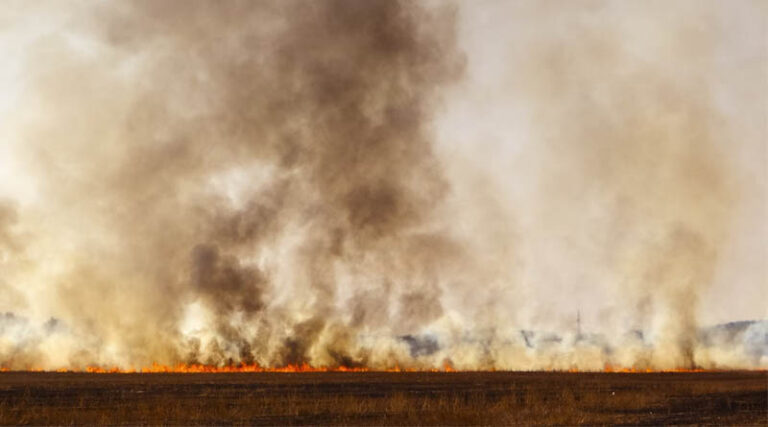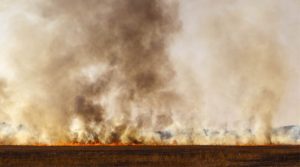

Title: Notable 70% Decrease in Crop-Residue Fires in Punjab This Season: A Move Towards Cleaner Air
Punjab, a vital agricultural region in India, has experienced an impressive 70% decrease in crop-residue fires this season, representing a crucial stride towards tackling air pollution and promoting environmental sustainability. This progress brings relief to environmental advocates, policymakers, and locals who have long faced the negative impacts of stubble burning.
### Background
The burning of crop residues, especially paddy stubble, has been a common practice in Punjab due to its cost-effectiveness and swift turnaround for farmers preparing for the subsequent crop season. However, this practice has significantly contributed to air pollution, resulting in hazardous air quality across northern India, including the national capital, New Delhi.
### Factors Contributing to the Reduction
Various factors have led to the notable decline in stubble burning incidents:
1. **Government Initiatives**: The Punjab government, in partnership with the central government, has launched multiple schemes aimed at discouraging stubble burning. These initiatives include subsidies for machinery such as Happy Seeders and Super SMS, which enable farmers to handle crop residue without incineration.
2. **Increased Awareness**: Campaigns focused on the health and environmental ramifications of stubble burning have been amplified. These efforts have informed farmers about alternative techniques and the long-term advantages of sustainable agricultural practices.
3. **Technological Advancements**: The emergence of new technologies and machinery has equipped farmers with feasible alternatives to burning. Equipment that can incorporate stubble into the soil as mulch or convert it into biofuel has gained popularity.
4. **Financial Incentives**: Economic incentives and compensation programs for farmers who embrace eco-friendly practices have prompted a transition away from conventional burning techniques.
5. **Community Engagement**: Local communities and farmer cooperatives have been instrumental in advocating for sustainable practices. Peer influence and success stories have inspired more farmers to choose non-burning approaches.
### Impact
The decline in crop-residue fires has resulted in several beneficial outcomes:
– **Enhanced Air Quality**: With fewer fires occurring, air quality has improved, leading to a decrease in respiratory and other health-related issues among the populace.
– **Environmental Benefits**: Reduced emissions of greenhouse gases and particulate matter aid in combating climate change and protecting biodiversity.
– **Economic Gains**: Farmers adopting sustainable techniques have reported enhancements in soil health and crop yields, resulting in improved economic returns.
### Challenges and the Way Forward
Despite the advancements, obstacles persist. The high expense of machinery and the necessity for widespread behavioral shifts among farmers pose significant challenges. Ongoing government support, technological innovation, and community engagement are critical to maintaining and advancing this positive trend.
### Conclusion
The 70% decrease in crop-residue fires in Punjab exemplifies the effectiveness of collaborative efforts among government entities, farmers, and communities. It establishes a benchmark for other regions facing similar challenges and highlights the significance of sustainable agricultural practices in achieving environmental and public health objectives. As Punjab advances along this path, it serves as a model for balancing agricultural productivity with ecological stewardship.






